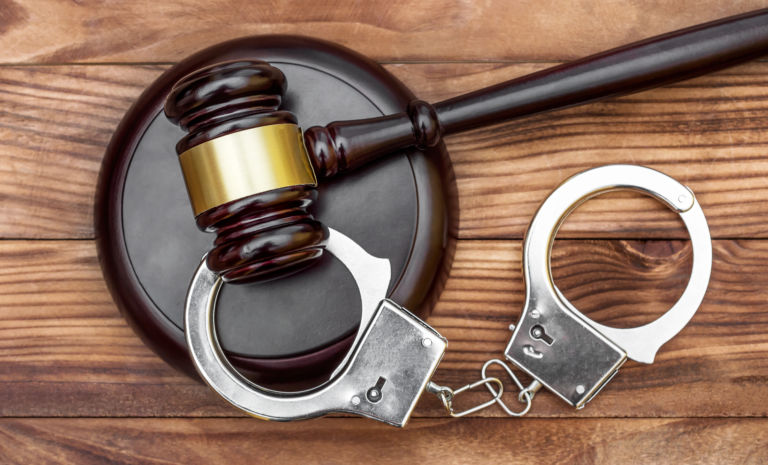Victor Davis Hanson explains at National Review Online where the idea of hate crime legislation went wrong.
Sadly, we are learning that the labeling of hate crimes has become so politicized and ill-defined that the entire concept is unworkable.
The idea of identifying hate crimes gained currency in the 1980s, when reformers wanted lighter penalties for most criminal offenses but also wished to increase punishment for criminal acts that were deemed racist, sexist, or homophobic. So hate crimes emerged as new enhancements to criminal punishment, as a way to tack on stiffer penalties for affronts to liberal society at large.
The rationale for designating hate crimes relied on force multipliers in criminal sentencing — such as premeditation that can make murder a first-degree offense. But after years of confusion, how do we consistently and fairly define perceptions of bias or hate as a catalyst for criminal violence?
After all, crimes such as murder and rape are already savage and brutal by nature. Is the killer who shouts bigoted epithets more dangerous to society than the quiet sadist who first tortures his murder victim without comment?
It can be dangerous to redefine a single criminal act as a hate crime against society, given the incentives for manipulation and political distortion.


